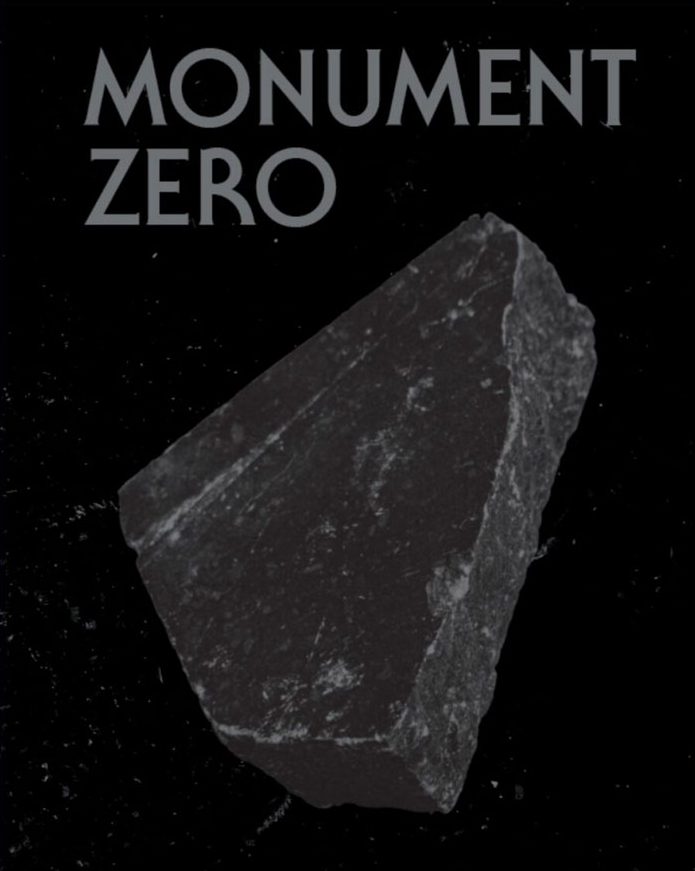
The Way of Love
The Way of Love asks the question: How can we love each other? Here Luce Irigaray, one of the world's foremost philosophers, presents an extraordinary exploration of desire and the human heart. If Western philosophy has claimed to be a love of wisdom, it has forgotten to become a wisdom of love. We still lack words, gestures, ways of doing or thinking to approach one another as humans, to enter into dialogue, to build a world where we can live together.
Luce Irigaray is Director of Research in Philosophy at the Centre National de la Recherche Scientifique, Paris. A doctor of philosophy, Luce Irigaray is also trained in linguistics, philology, psychology and psychoanalysis. Now acknowledged as a key influential thinker of our times, her work focuses on the culture of two subjects, masculine and feminine - particularly through the liberation of a feminine subjectivity - something she explores in a range of literary forms, from the philosophical to the scientific, the political and the poetic.
Published 2004.




